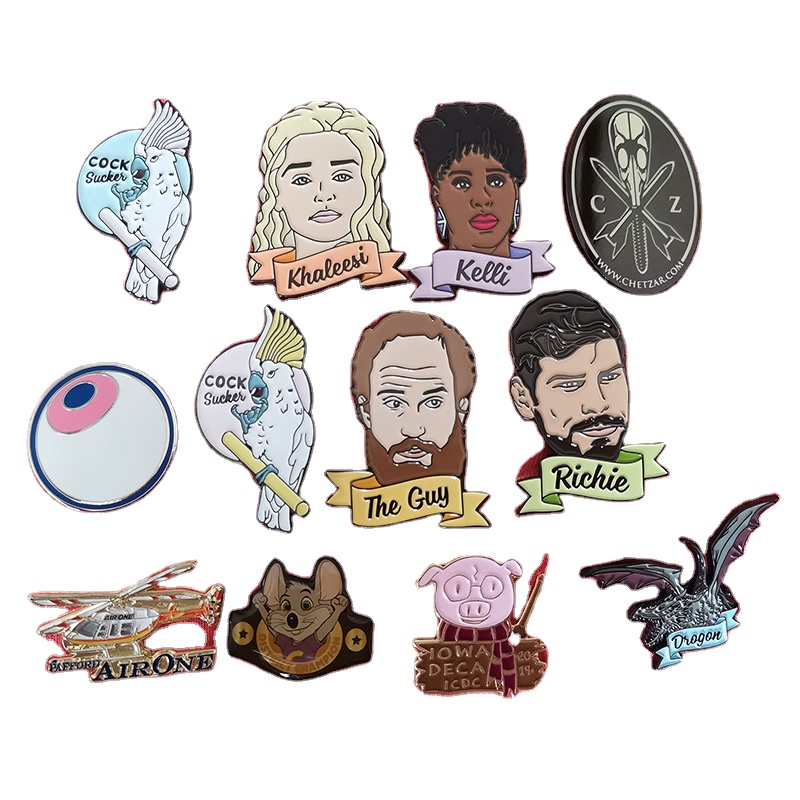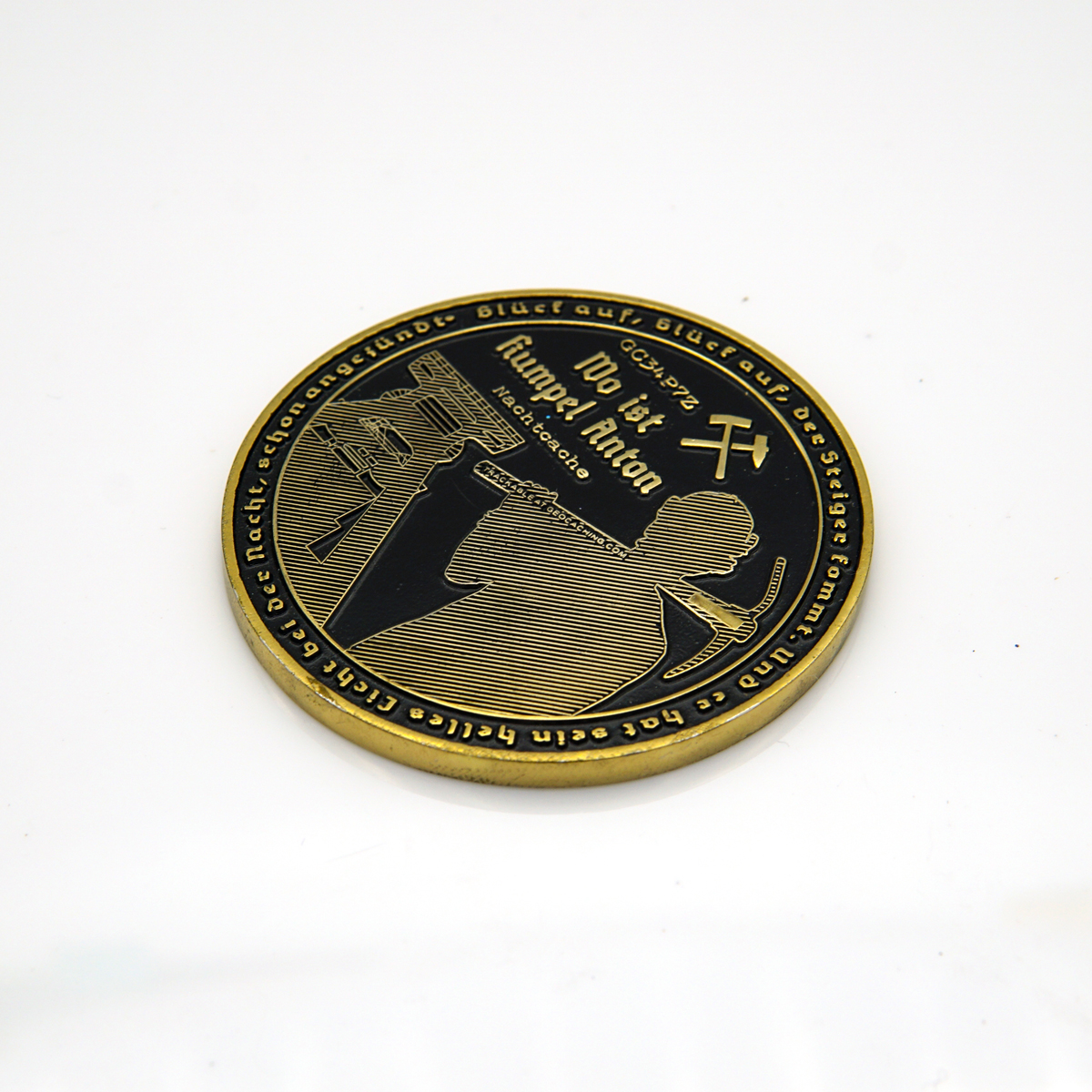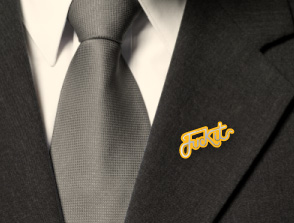The History of Challenge Coins Challenge coins of military tradition go by a number of different names, including unit coins, commander’s coins, military coins and more. Regardless of the name, the coin identifies its bearer as a unit member and is a symbol of pride, respect and fellowship. Today, most every military unit creates its own coin, which every member carries.
The military history of using coins or medallions for recognition or identification tells many stories. In the Roman Empire, coins were presented to reward achievements, much in the way medals are now.
More recently, in the 1980 Australian movie “Breaker Morant,” one tradition is illustrated that began during The Boar War, a war of independence between the British and the Colony of South Africa (1899-1902). A number of contracted soldiers of fortune were serving the British and did so valiantly, but were never honored for their valor. In one scene, the Regimental Sergeants Majors (RSMs) sneak into the tents of officers who were undeserving recipients of a medal, then cut and remove each undeserved medal from its ribbon. Later, in a ceremony before the regiment, each deserving soldier received a special handshake. When the hands were clasped, the medallion was discreetly (and essentially invisibly) palmed into the hand of the recipient. A number of stories tell of similar handshake rituals in which a coin is palmed to a soldier to convey a reward for their heroism, but without the appearance of a bonus being bestowed.
A widely circulated story from World War I tells of an American pilot shot down behind enemy lines in Germany near the French border. This pilot was a lucky member of a squadron in which a wealthy member had medallions struck in bronze for each squadron member. Captured by Germans, he had all personal items confiscated, except the medallion which he carried in a pouch around his neck. Escaping, he donned civilian clothing and managed to cross to France. Stumbling into a French outpost, the soldiers there did not recognize him as American, and were about to execute him as a saboteur when he showed them his medallion. It served as convincing proof. Instead of a bullet, he received wine.
According to Soldiers Magazine (August ’94, story by Maj. Jeanne Fraser Brooks), in the early 1960s, a soldier in the 11th Special Forces Group (SFG), over-stamped some old coins with the group emblem, then gave them to unit members. The 10th SFG soon followed suit with their own coins. Vietnam veterans coin.
During the Vietnam War, another series of stories is well reported. The elite front and behind enemy lines fighters took to a tradition of carrying one special bullet from their combat weapon, carried in the hip pocket, to use in suicide in the event of enemy capture. On R&R, at the bar or hootch, a soldier could be challenged to show his bullet. If he could not, he would buy a round of drinks. If he did produce the bullet, his challenger bought the drinks. The story goes on to say, in shows of machismo, larger and larger rounds were displayed, getting up to 105mm live cannon shells. In order to restore safety to the challenge tradition, coins were mandated to be substituted for live rounds. Such coins were personalized with control numbers and sometimes the person’s name. The challenge tradition remains in effect today, and loss of a prized coin considered a disgrace.





